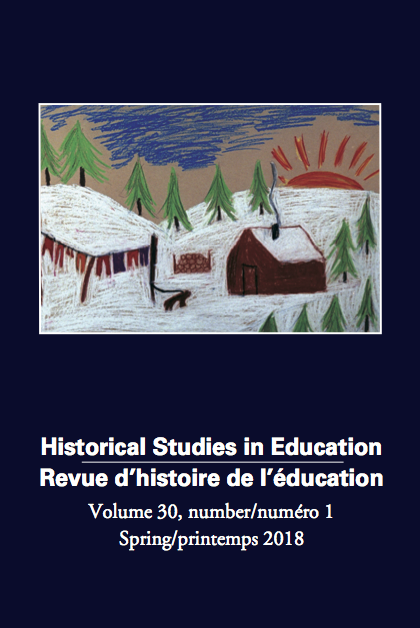Swimming Against the Current of Secular Education: The Rise and Fall of Columbian Methodist College, 1892-1937
Résumé
Jean Barman, in her book Growing Up British in British Columbia, notes that the creation of New Westminster’s Columbian Methodist College was perhaps one of “the most ambitious private educational initiatives in the latter years of the [nineteenth] century” (8). When the denominational college was created, its founders believed they were creating the nucleus of the provincial university with which they would federate. However, the landscape of higher education in Canada had dramatically changed by the early 1900s. University boosters instead favoured a new government-controlled model of higher education in uenced by American state universities; religion and its traditions were now incompatible with this model as the leading force in a modern university. Columbian College stood little chance of ful lling its educational ambitions and began a struggle to survive as a denominational college, theological school, and then as a private high school. Its demise during the nancial troubles of the 1930s was not unique, although many religious colleges adapted and have survived to this day.
Résumé
Dans son livre, Growing Up British in British Columbia, Jean Barman souligne que la création du Columbian Methodist College de New Westminster, était sans doute parmi « the most ambitious private educational initiatives in the latter years of the [nineteenth] century » (8). Lorsque le collège confessionnel a vu le jour, ses fondateurs croyaient créer le noyau de l’université provinciale avec laquelle il fusionnerait. Néanmoins, le portrait de l’enseignement supérieur au Canada avait radicalement changé au début des années 1900. Sous l’in uence du modèle américain, les champions de l’université ont plutôt favorisé un nouveau modèle d’enseignement supérieur sous contrôle gouvernemental; rendant le maintien du rôle central de la religion et de ses traditions incompatibles avec l’université moderne. Dans ce contexte, le Columbian College avait peu de chance de réaliser ses ambitions académiques et il a commencé à lutter pour sa survie en tant que collège confessionnel, école technique, puis comme école secondaire privé. Bien qu’il ne soit pas le seul établissement à disparaître durant la tourmente nancière des années 1930, de nombreux collèges religieux ont toutefois été en mesure de s’adapter et de survivre jusqu’à ce jour.
